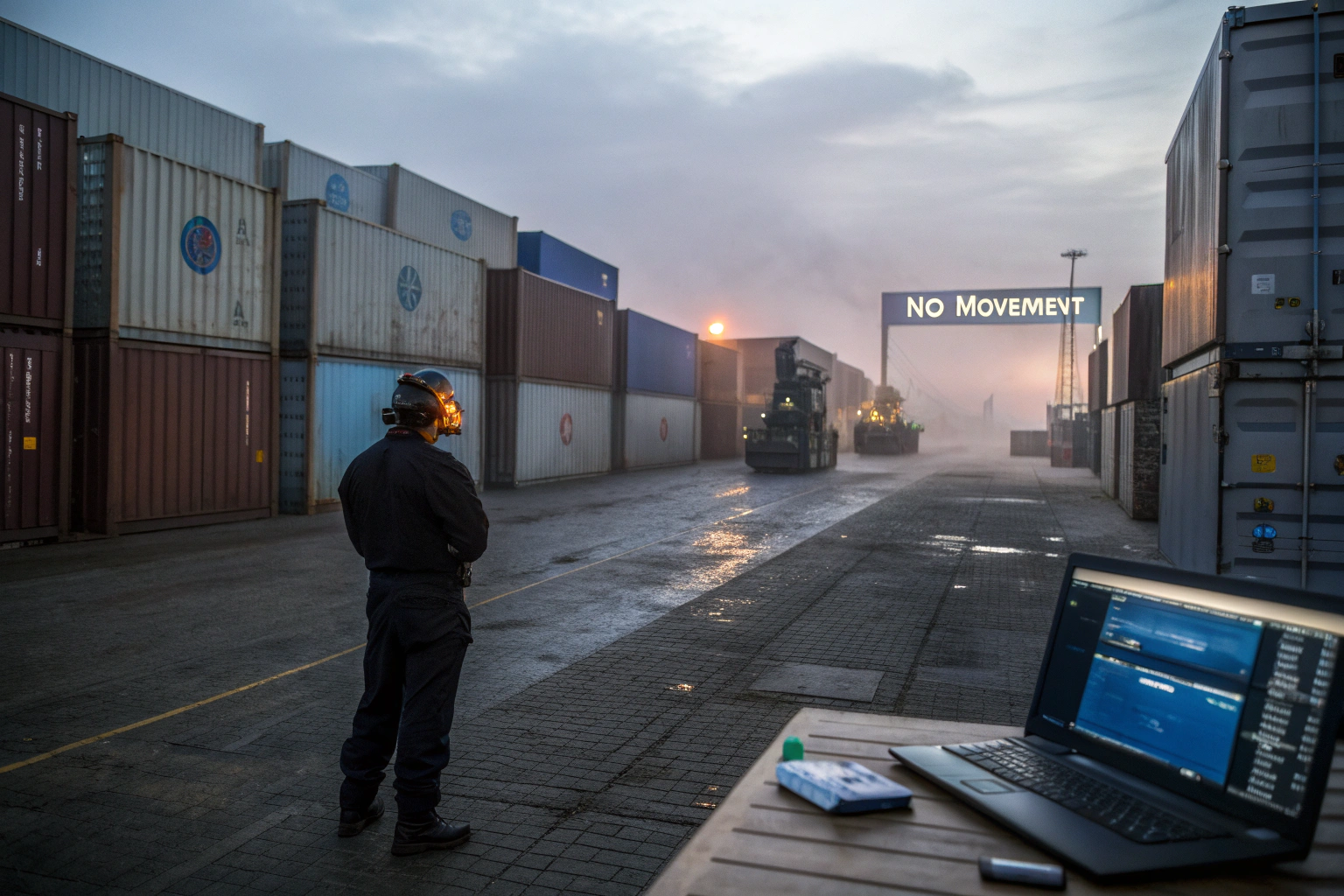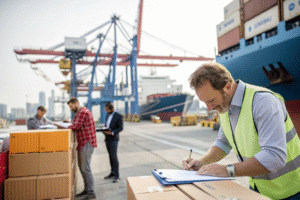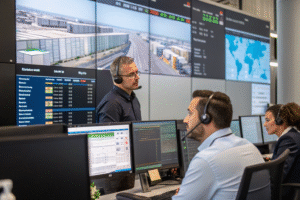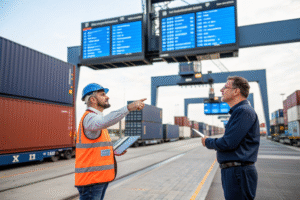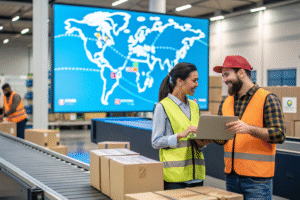Uncertainty kills momentum in global trade. When your container disappears from updates or your tracking dashboard shows “no movement,” stress levels rise—and for good reason. Late shipments mean stockouts, missed promotions, and angry customers.
Shipment visibility in freight forwarding is critical because it enables real-time tracking, proactive problem-solving, and confident decision-making across the entire supply chain.
At GeeseCargo, we know that being able to see your shipment’s exact location isn’t just helpful—it’s essential for modern importers like Ron to operate efficiently and stay competitive.
What does shipment visibility actually mean?
Shipment visibility isn’t just about seeing a dot on a map. It’s about having full access to shipment status across every step of the journey.
Real shipment visibility combines live tracking, milestone alerts, and documentation flow—from factory pickup to warehouse delivery.
Importers no longer settle for “your cargo is on the way”—they want data-backed status updates.
![]()
How is shipment visibility different from basic tracking?
Basic tracking might show departure and arrival timestamps, but true visibility includes:
- Gate-in and gate-out logs at ports
- Customs clearance status
- Transshipment updates
- Inland truck movements with GPS
- Proof of delivery and warehouse receipts
Tools like project44 or FourKites aggregate this data into a real-time dashboard for full transparency.
Why is visibility so important for modern supply chains?
Today’s importers operate on tight delivery windows and often use just-in-time inventory models. Without visibility, they can’t adjust labor, marketing, or fulfillment planning. And when delays happen, visibility helps them act—reroute, reschedule, or inform buyers proactively.
What technologies enable real-time shipment visibility?
Digital freight platforms have revolutionized the way shipments are tracked and managed.
Forwarders now use API-driven platforms, IoT sensors, and AI-powered dashboards to provide clients with 24/7 visibility.
At GeeseCargo, we combine system automation with human monitoring to ensure reliability.
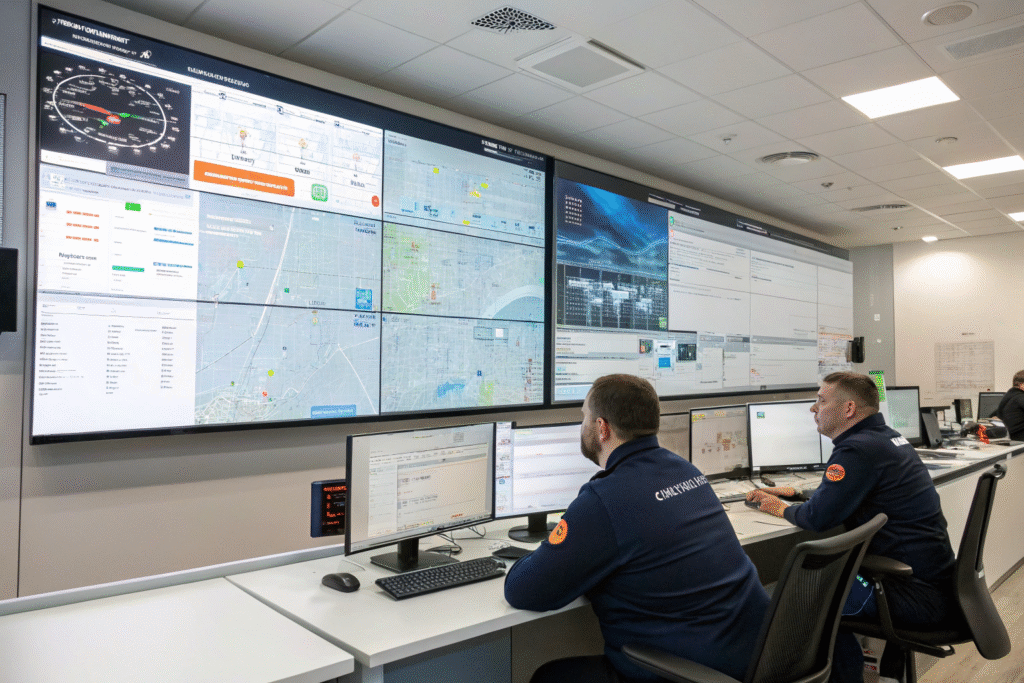
What are the leading tools used by forwarders?
Some of the most effective visibility tools include:
- Flexport – for end-to-end shipment dashboards
- Navisphere by C.H. Robinson – a platform integrating tracking with analytics
- Ocean carrier APIs (e.g., Maersk) that feed updates into forwarding software
- GPS-enabled IoT sensors for container location and temperature control
These systems help forwarders detect delays early and act fast.
How do tech-enabled forwarders differ from traditional ones?
Traditional forwarders rely on manual email updates and spreadsheets. Modern forwarders offer automated status alerts, document syncing, and mobile apps for updates on the go. This reduces the risk of human error and boosts client confidence.
What happens when shipment visibility is lacking?
Poor shipment visibility doesn’t just cause frustration—it disrupts business operations and leads to financial loss.
Without proper visibility, importers face delays, miscommunication, increased costs, and loss of customer trust.
Every blind spot in the supply chain creates potential damage.
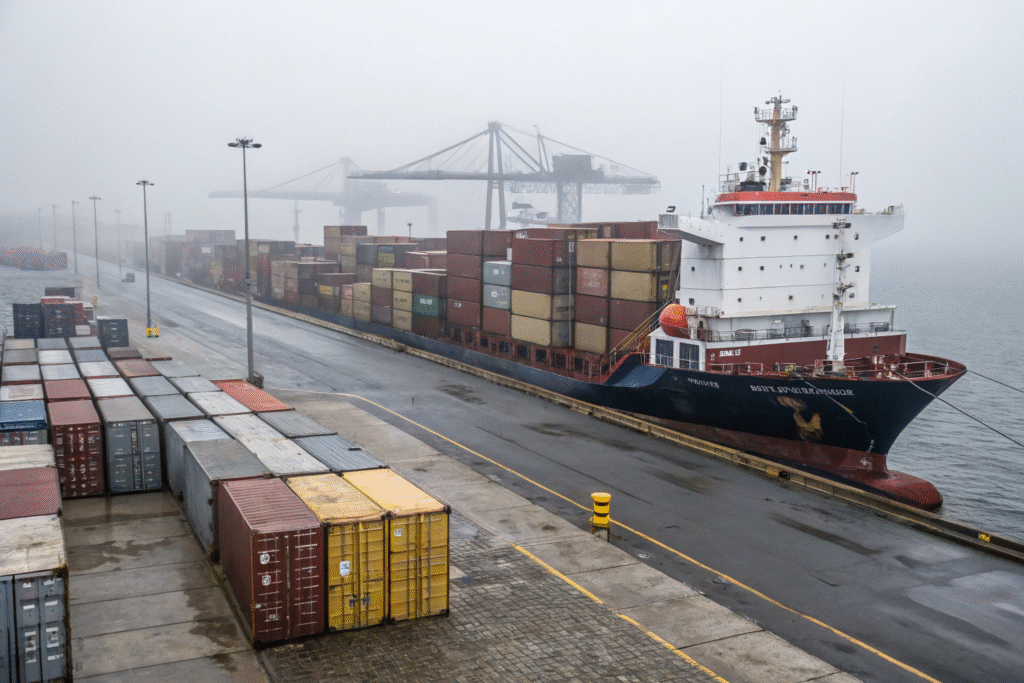
How do delays escalate without early alerts?
Imagine a vessel rerouted due to weather or port congestion. Without visibility, clients only discover the delay days later—when the cargo misses its expected arrival date. This leads to empty shelves, missed e-commerce launches, or wasted warehouse labor.
Real-time alerts would’ve allowed them to adjust in time. That’s why we use systems that notify clients the moment a disruption occurs—even if it’s mid-ocean.
How can poor visibility damage business relationships?
If a retailer receives late inventory, they blame the brand—not the shipper. If a distributor misses a deadline due to unclear freight status, they might switch suppliers. Shipment visibility keeps your partners confident and your brand reputation intact.
One missed update might cost more than the freight itself.
How does visibility help optimize logistics performance?
Great visibility doesn’t just react to issues—it drives improvement.
With shipment visibility, importers can analyze trends, adjust lead times, and improve carrier choices to make logistics more efficient.
Visibility turns logistics into a data-driven advantage.
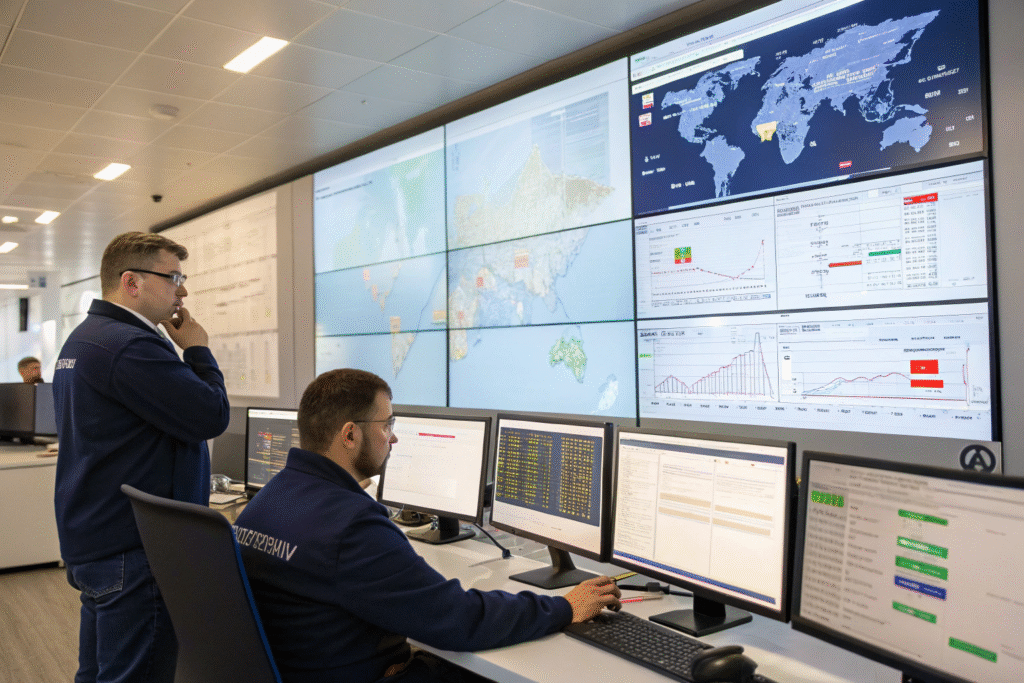
How does shipment data help future planning?
By logging every delay, reroute, and customs issue, forwarders can identify patterns. For example, if shipments via Ningbo consistently face clearance delays, we may reroute via Qingdao. If transit time via one carrier keeps slipping, we switch carriers.
Over time, these adjustments make your supply chain faster, cheaper, and more resilient.
What KPIs can visibility platforms track?
Advanced freight visibility systems allow us to track:
- On-time delivery rate
- Port dwell time
- Delay frequency by route or carrier
- Customs clearance duration
- Cost per container over time
These KPIs help clients like Ron make smarter decisions—like ordering earlier or shifting ports during peak seasons.
Conclusion
In freight forwarding, visibility is power. It’s what separates smooth, scalable logistics from constant stress and reactive scrambling. At GeeseCargo, we equip every client with tools and updates that turn guesswork into control. With full shipment visibility, you don’t just move products—you move smarter. And in global trade, that’s everything.
